Trending Now
Thursday, Nov, 2024
Home / Everything To Know About Tribal Colleges & Universities
Everything To Know About Tribal Colleges & Universities
The first Tribal college, also known as TCUs, was established in 1968. The college aims to allow native students to seek a degree close to home at a low cost and create economic opportunities on reservations. TCUs curriculum is based on the traditions, culture, languages, and spirituality of the chartering tribe. Courses are appropriate to the students, to their communities, nation building, and to strengthening their tribes and themselves as individuals, tribal members, community members, and family members.
 by Pragti Sharma /
by Pragti Sharma /  09 Aug 2022 17:12 PM IST /
09 Aug 2022 17:12 PM IST /  0 Comment(s) / 627
0 Comment(s) / 627
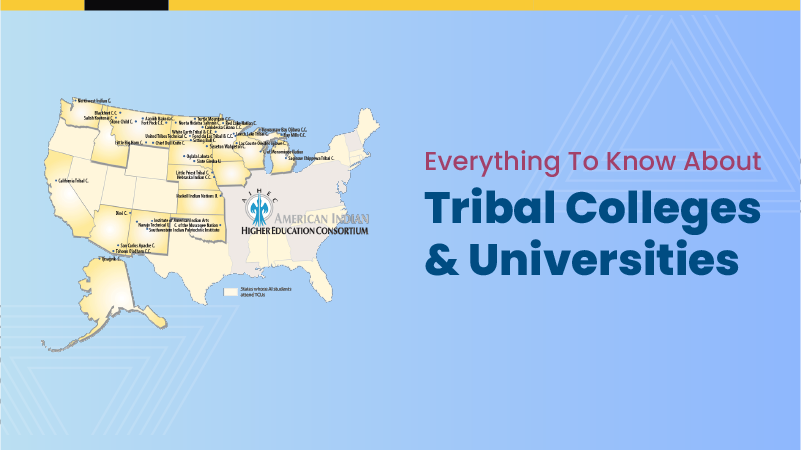
Image Courtesy : www.aihec.org
According to the latest data from the National Center of Education Statistics, American Indian and Alaska Native students with the lowest college enrollment rate of any racial group face various hardships when pursuing a degree. One of the obstacles is affordability. According to the U.S. Census data, among those who identified as American Indian and Alaska Native in 2018, 25.4% lived in poverty. The median household income from 2015 to 2019 was $43,825 for American Indian and Alaska Native households, below all other group averages, excluding black households.
According to the Federal Communications Commission, other than affordability, many native students belong to rural areas and often face transportation issues and lack reliable broadband. In 2018, around 60% of people on tribal lands had fixed high-speed internet access, compared to 65% of Americans in rural areas and 97% of Americans in urban areas.
The first Tribal college, also known as TCUs, was established in 1968. The college aims to allow native students to seek a degree close to home at a low cost and create economic opportunities on reservations.
What is a Tribal College/University?
Federally recognized Indian tribes or the federal government, with a plurality of native American or Alaska native student enrollment, rule the colleges of higher education. Carrie Billy, President, and CEO of the American Indian Higher Education Consortium, says that one of the great things about tribal colleges is that students get a culturally rounded education, and you can complete a program debt-free.
TCUs are created to meet the requirements of native students and local reservations, but most TCUs are open to all students.
According to NCES data, the enrolled student population at TCUs was just over 15,200 in 2020 (79.1% American Indian or Alaska Native), (14.6% white), and nearly (2% Hispanic). Asian and Black students represent less than 1% of the total population.
The number of Tribal Colleges and Universities across the world:
The AIHEC identifies around 35 accredited tribal colleges and universities, funded via the federal Tribally Controlled Colleges and Universities Assistance Act of 1978 across 14 states. The majority of TCUs are two-year institutions, but there is a mixture of schools, including technical colleges that provide bachelor's degrees, master's degrees, associate degrees, and certificates.
According to the American Indian College Fund, a nonprofit organization that offers scholarship support to native students, Montana is home to the TCUs (seven), followed by North Dakota with five. Most of the TCUs are located in the Southwest and Plains regions, while states like Alaska, Oklahoma, Idaho, Washington, and Kansas each have only one TCU. Plus, there are no TCUs on the east Coast.
Why should students attend a tribal college or university?
Cheryl Bull, President and CEO of the American Indian College Fund, said that finding a sense of belonging on college campuses can be challenging for native students because they do not see themselves represented in the curriculum or faculty at non-TCU institutions. She added that according to the recent NCES data, people who identified as American Indian or Alaska Native made up 1% or even less of full-time faculty members at a non-TCU institution in 2020 but 30 to 40 percent of faculty at TCUs are native, and from the communities.
Billy commented that the TCUs curriculum is based on the traditions, culture, languages, and spirituality of the chartering tribe. The education experience is taught from a tribal worldview that reverberates with the student. Courses are appropriate to the students, to their communities, nation building, and to strengthening their tribes and themselves as individuals, tribal members, community members, and family members.
For example, at the College of Menominee Nation in Wisconsin, the programs and courses cover topics such as Menominee language, Indigenous film, Native American cultures, and minority women in literature.
President of Navajo Technical University in New Mexico, Elmer Guy, stated that many leaders of the Indian nation are worried that we are losing the language and the culture. So Navajo tech provides a Diné language, leadership, and culture degree. He further said that they prepare professionals, so they can teach language or culture in schools and try to create opportunities where language and culture are essential, and students can make a living having that knowledge.
Many Tribal colleges and Universities provide wraparound services such as child care, tutoring, service learning, and financial support to help the transition from high school to college. Other support services are grounded in cultural activities, spirituality, and ceremonies.
Billy reported that one tribal student said to him that "We start every week with a drum and end with a pipe. That is something you just don't see at a regular college- support for your identity as a Native student.

Blog / February 11, 2024
Mastering Spoken English: A Journey Through Real-Life Conversations

Blog / January 19, 2024
The Crucial Need for Cybersecurity Education in School Curriculums

Blog / December 19, 2023
How Gamification Transforms Learning into Adventure

Blog / December 01, 2023
Empowering Education: How Artificial Intelligence Shapes the Future of Learning

Blog / September 10, 2023
Looking for Scholarships? 3 Programmes to Apply for by September-October 2023

Blog / May 11, 2023
Top 10 Career Choices for Generation Z

EShort / February 16, 2024
IMS Noida Admissions 2024: Apply for UG, PG programmes

EShort / February 16, 2024
GATE 2024: Response sheet out

EShort / February 16, 2024
BSSTET 2023: Admit card released

EShort / February 16, 2024
NID DAT 2024: Prelims result released

EShort / February 16, 2024
IIT JAM 2024: Response sheet released

Jobs / February 16, 2024
UPSC Recruitment Drive 2024: Apply for 120 vacancies in various departments

EShort / February 14, 2024
UPSC CSE 2024: Official Notification issued; application process begins

Editor's Desk / April 17, 2020
How Does Society Impact Our Education?
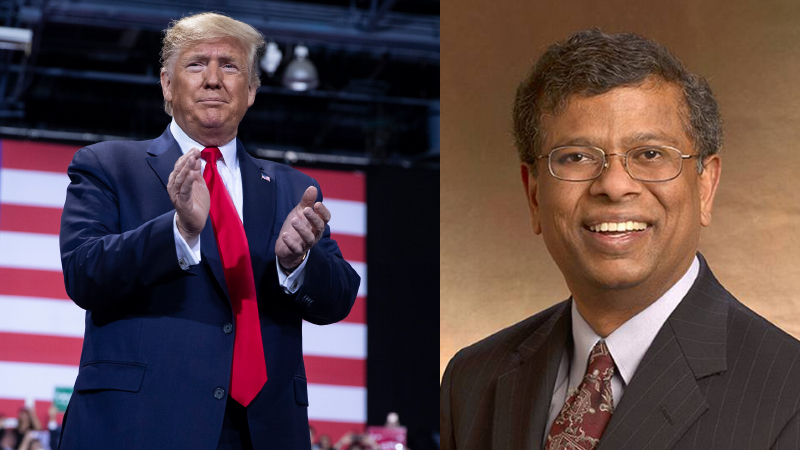
Current Affairs / April 22, 2020
Mr. Sudarsanam Babu appointed to U.S. Science Board.
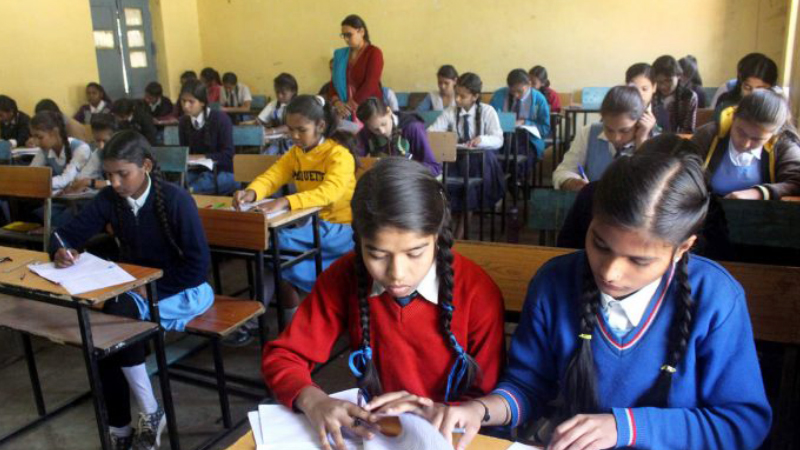
Reforms / April 17, 2020
Traditional Structure of Education In India
.jpg)
Events & Seminars / April 17, 2020
PISA!!
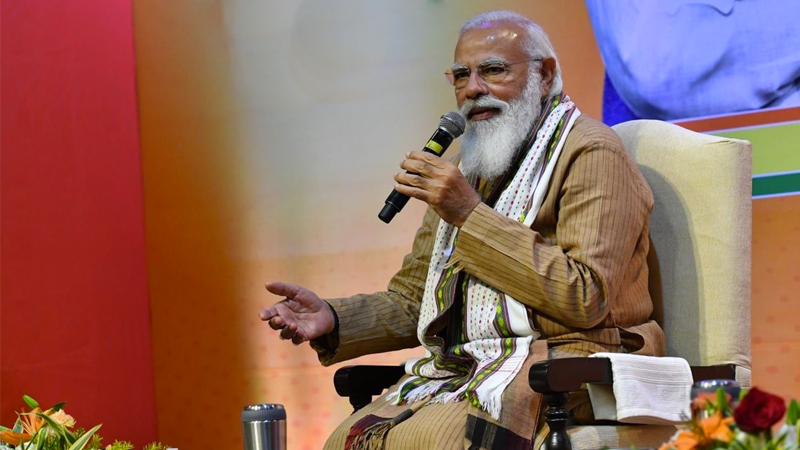
Blog / February 26, 2021
Government's Action On #ModiRojgaarDo

EShort / May 19, 2022
CUET PG 2025 has started the registration process.

Notice Board on Important Dates / April 21, 2020
World Heritage Day

News / July 08, 2021
JEE Mains Registration For Session 3: Last Date To Apply

EShort / December 14, 2021
UPSC Declared Final Result For DCIO Recruitment


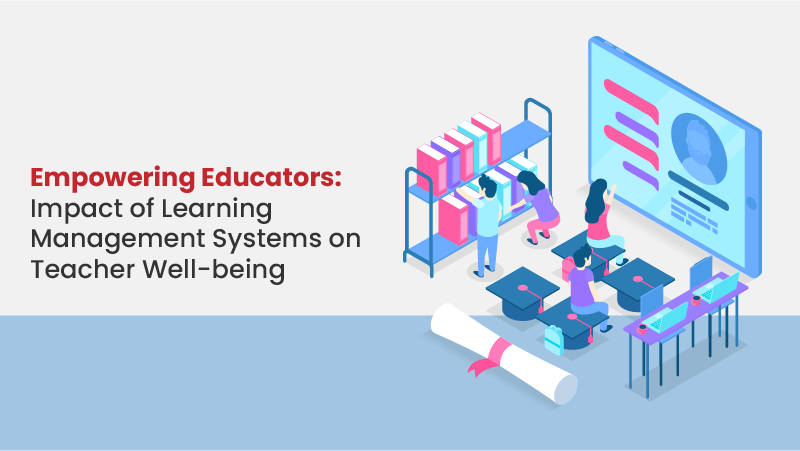











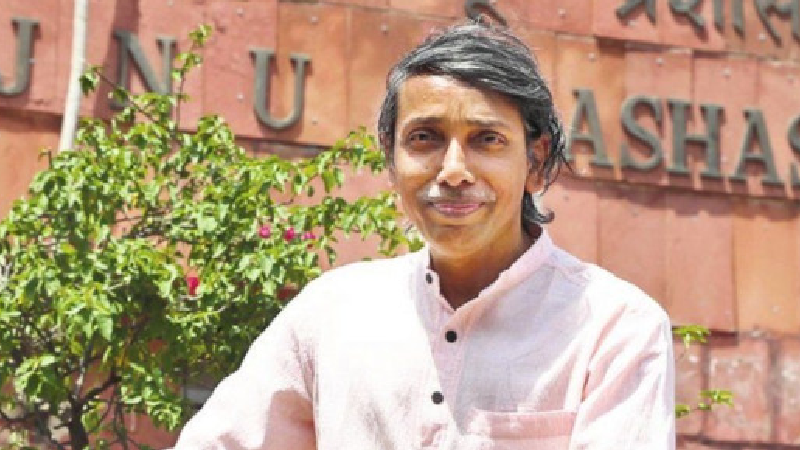
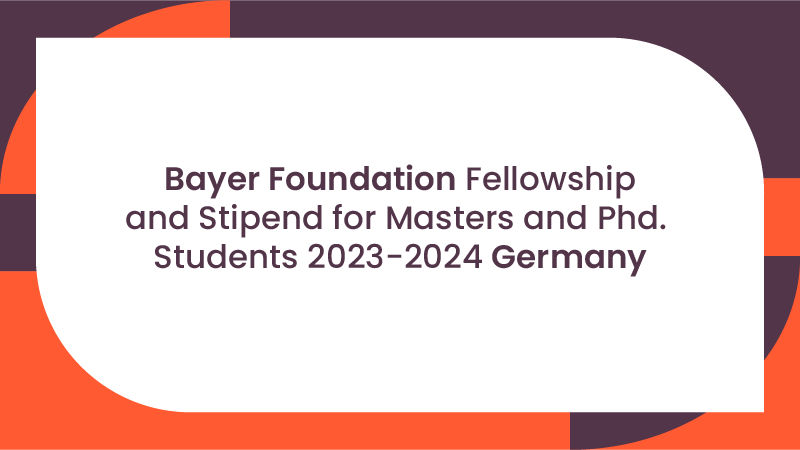


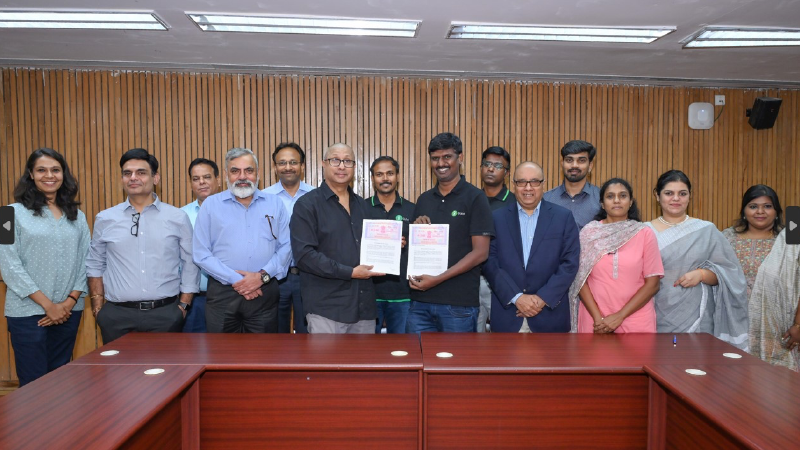
0 Comments
Post Comments